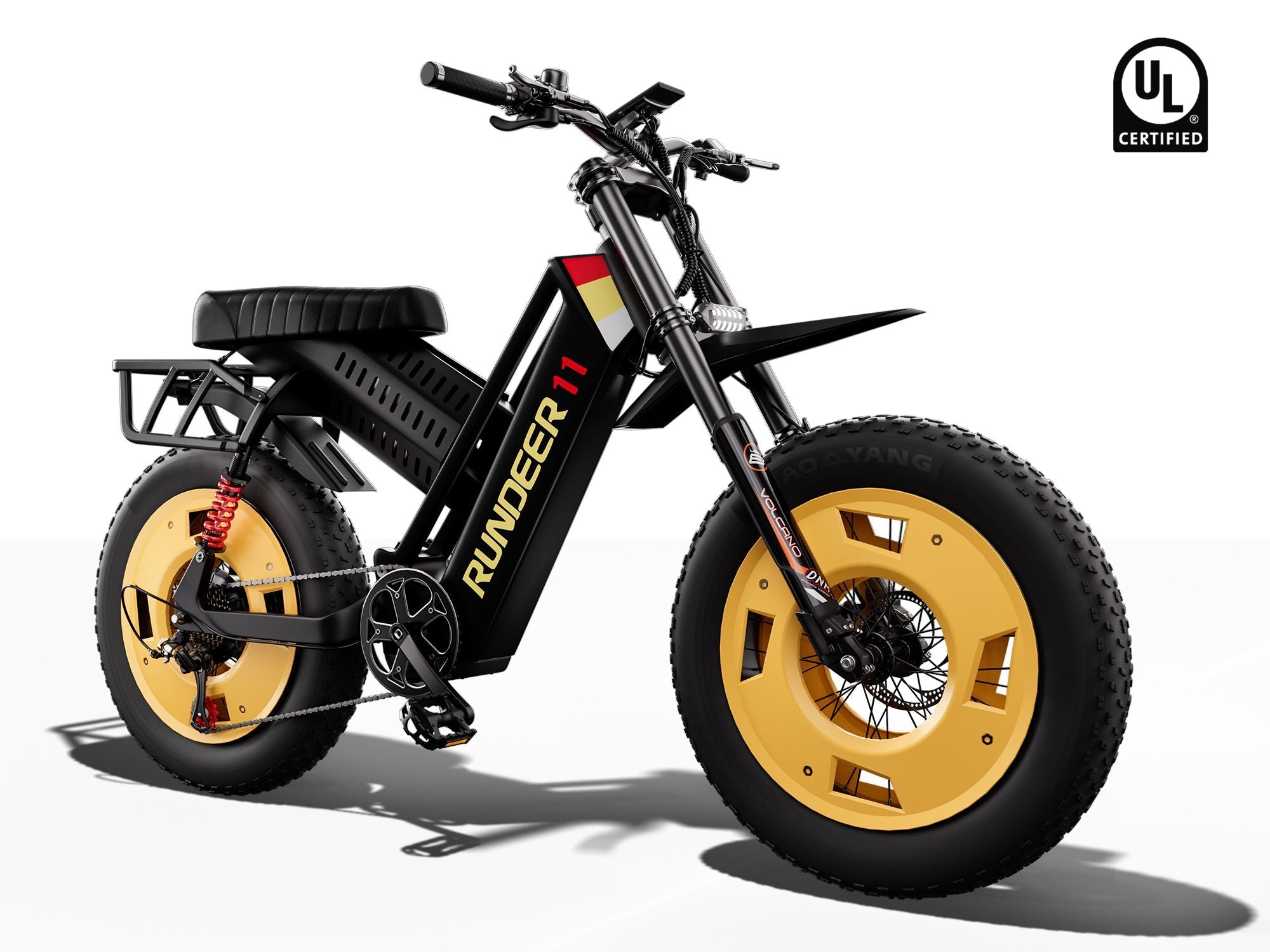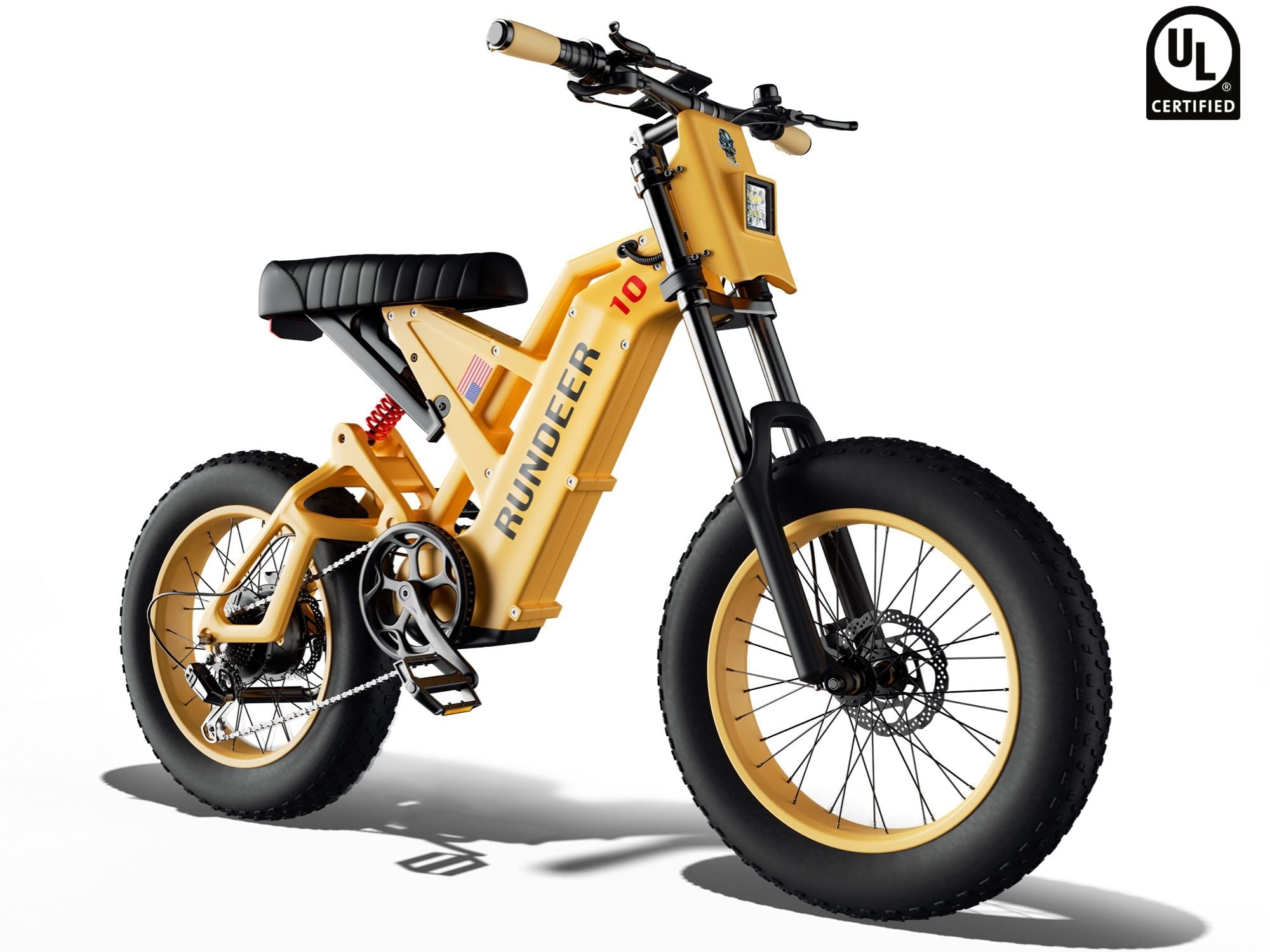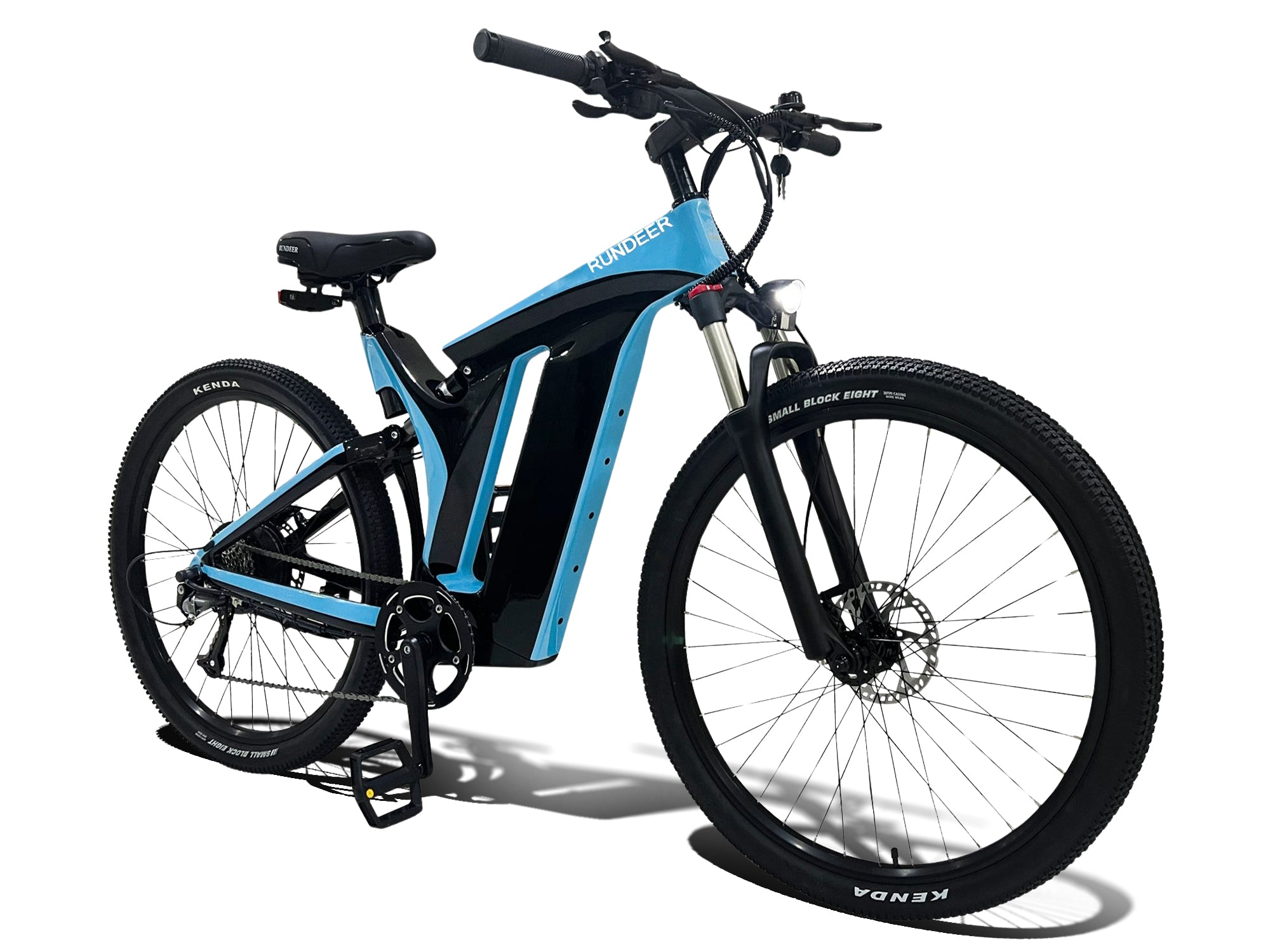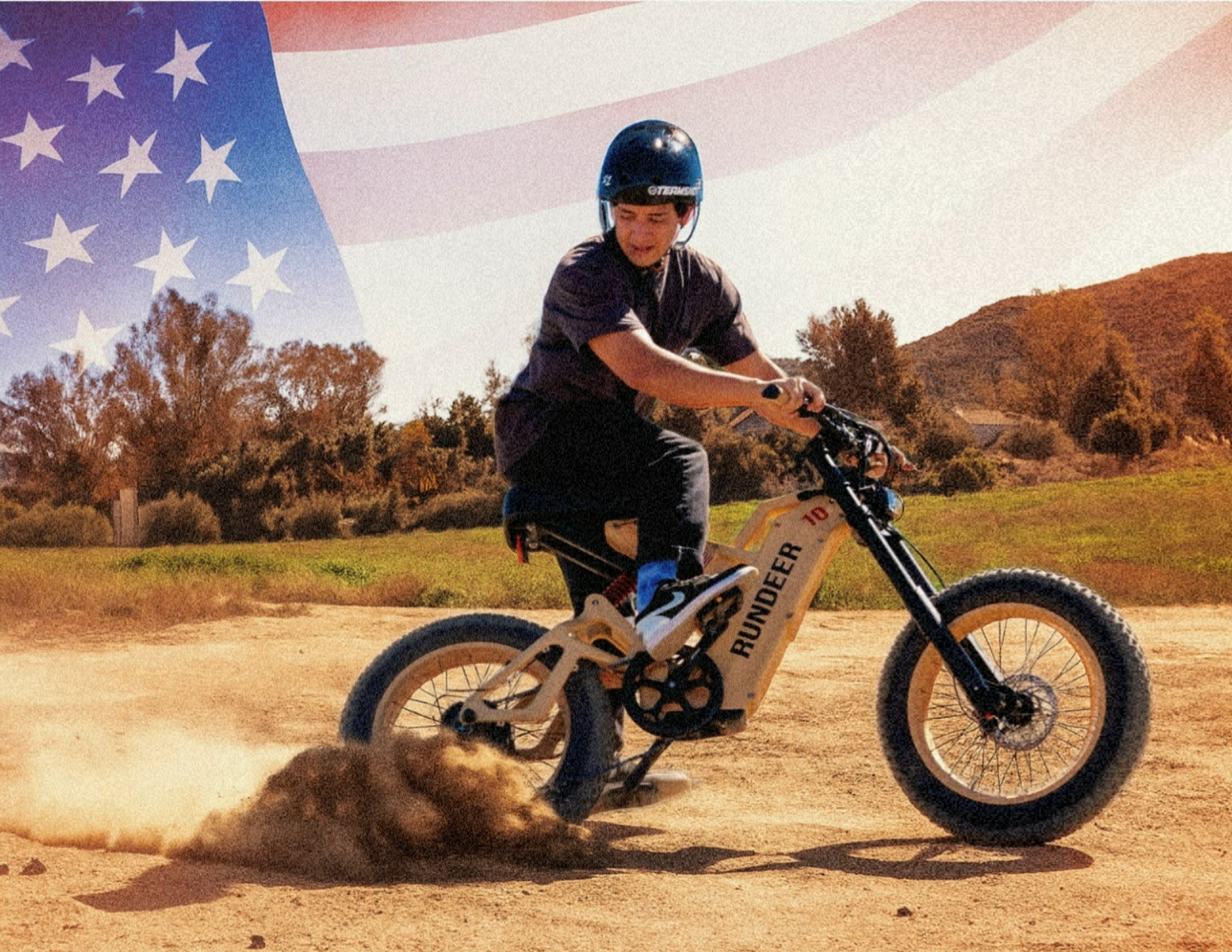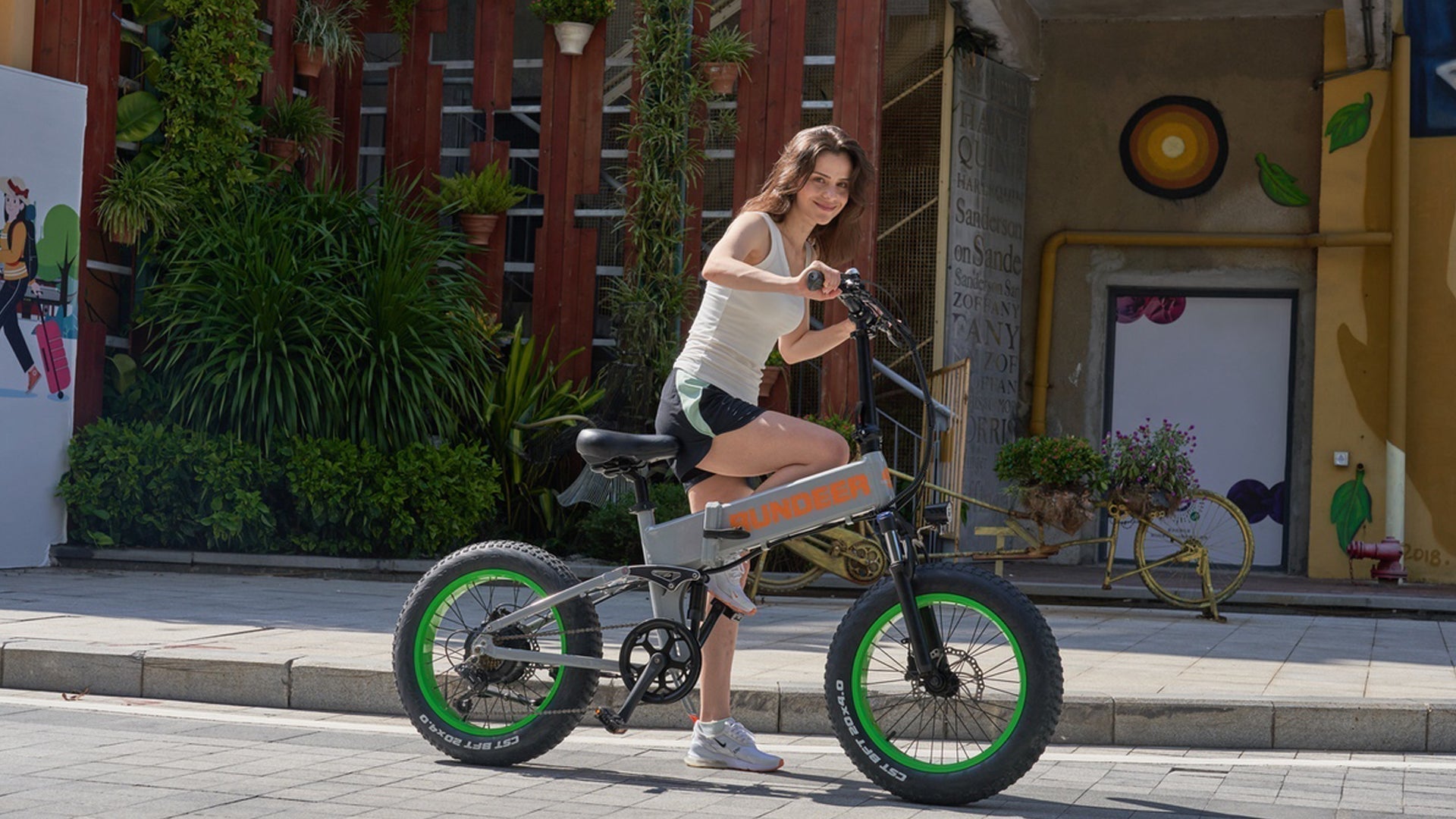What to know about electric bicycles, plus our top picks
If you're new to e-bikes, here's a guide that'll show you what to look for, and whether or not they're the best for you.
Believe it or not, electric bicycles — e-bikes, more commonly — are actually one of the oldest forms of motorized transportation. US patents for them date back to the 1890s, though of course they never really caught on until over a century later. Today the e-bike scene is exploding, fueled not just by better technology but the growing number of people who work from home or otherwise don’t need to drive every day. This guide should help judge whether an e-bike makes sense and what to look for when buying one, as well as offer a few choice picks to consider.
What is an e-bike, and what kinds of e-bikes are there?
Ignoring the gritty details, at its most basic an e-bike simply adds a battery, motor, and controller to the gears and frame of a conventional bicycle. In fact, if you know what you’re doing, it’s not too difficult to convert a conventional bike, or build an e-bike from scratch.
There are just as many styles of e-bike as there are conventional cycles: city, mountain, cargo, foldable, recumbent, you name it. Often a product checks multiple boxes. A style that appears frequently in the electric world, though, is the fat-tire bike. Fat tires offer extra comfort, traction, and stability, and since they have a motor behind them, the added weight isn’t much of a concern. E-bikes in general tend to be heavy — it’s hard to find good ones under 50lbs (22.7kg), and some of the most powerful top 100lbs (45.4kg).
There are just as many kinds of e-bike as there are conventional cycles.
A few manufacturers exploit the benefits of fat tires to blur the lines with broader EV categories. Companies like Rundeer offer what are effectively electric mopeds, designed mostly to be throttle-powered, with pedaling as a backup or a speed/range assist.
Should I get an e-bike?
E-bikes are probably the most versatile form of personal electric vehicle (PEV). The right models can carry cargo or passengers, and there’s a plethora of ready-made customization options — even some that will let you ride in snow. Their range is typically higher than electric scooters and skateboards, and if their batteries run dry you can still pedal home, even if you might end up tired and sweaty. The learning curve is also minimal. If you can ride a manual bike, you can ride an electric one.
There are many factors to consider when buying, beginning with space, weight, and transportation. Unless it folds, any e-bike is going to take up a lot of space, which can be problematic if you live in an apartment. Heavier models can be difficult (or impossible) to carry upstairs or on public transit. If you want to take one on trips, size and weight may mean you’ll need a truck or a specialized car rack. It’s possible to slip e-bikes into some sedans, crossovers, SUVs, or even compacts, but without folding it’s often only by putting the seats down and/or removing one of the bike’s wheels.
Another issue created by size is security. Many building operators force people to lock their bikes up outside, where they’re inherently more vulnerable to theft. E-bikes in particular can be lucrative targets, so if you’re going to buy one, check that your intended stops are safe. If you live in a sketchy neighborhood you might want to consider vehicles you can take indoors without any resistance — namely electric boards, unicycles, or scooters. If you do get an e-bike, there are things you can do to improve security, which we’ll cover later on.
Legality is a lesser concern with e-bikes than it is with other PEVs, but it’s still something to worry about. Where you can ride is governed not just by state or provincial laws, but often by county and municipal regulations. It can, for example, be illegal to ride on sidewalks in one city, while another might demand it if the alternative is mixing with high-speed car traffic. There are places that won’t allow e-bikes on park paths even when manual bikes are zipping through at the same speed.
Governments also frequently impose performance caps. Whereas much of the US is effectively unlimited, Canada, for instance, requires that all e-bikes be capped at 500W unless they’re used off-road, and there are tougher restrictions in countries like India and Norway. Where those caps are in effect, it may be possible to circumvent them by getting a license and registration, but that costs time and money that defeats the simplicity of a PEV.
The enforcement of e-bike rules can vary wildly, whether for better or worse. Police aren’t necessarily familiar with PEV regulations, and wattages can be difficult to check if they’re not openly labeled. Beyond following the letter of the law, the safest strategy is to avoid drawing attention — if you’re not causing problems for cars or pedestrians, there’s usually no reason to stop you.
What to look for when shopping for an e-bike?
Because there are so many styles, your intended usage matters a great deal. If you’re planning to regularly carry cargo or mount child seats, you’ll want to choose a bike with built-in rack mounts — preferably in the rear, since front racks can sometimes obscure lights or your view. There are alternatives such as trailers, panniers, and tube bags, but of those, only trailers can carry substantial volumes.
Seating matters for a few reasons. If you’re planning to carry adult passengers, you’ll want not just an extended seat but footpegs, and possibly wheel guards to keep legs safe from debris. With or without a passenger, never underestimate the importance of a cushy seat, since the opposite can make long rides unbearable. In some cases it may be possible to install a suspension seat post, which takes the shock out of bumps.
When it comes to batteries, you’ll see them rated in terms of voltage (V) and amp-hours (Ah). Higher amp-hours translate into better range, while higher voltages improve power delivery — Juiced, for example, insists on using 52V batteries across the board, which helps push its bikes up to 28mph (45kph) or more. For the snappiest performance, you should demand at least 52 or 72V. You can get away with 48V, though, if you don’t expect conditions like steep hills.
For the snappiest performance, you should demand at least 48V.
Performance is also going to be affected by wattage, tires, gearing (e.g. the number of “speeds” a bike has), and how much you’re willing to pedal. Some bikes can only achieve top speed with pedal assist, and range estimates are normally dependent on it. Moped-style bike makers will sometimes separate pedal assist and throttle-only ranges.
You should always buy a model with a removable battery. That makes charging more convenient, and if a battery fails or runs dry you can swap in another one, though replacements tend to be expensive. Removing a battery is also good for safeguarding against theft, rain, or cold weather depletion.
Motors come in two varieties: hub and mid-drive. The vast majority of bikes use the former option, since it’s a lot cheaper and usually more than enough. Mid-drive motors are connected directly to the drivetrain instead of a wheel, which improves efficiency, especially on inclines.
Motor wattage can be a tricky thing. It’s the ultimate measure of how powerful a bike is, so the more the better, but as mentioned earlier it’s often capped by regulations — some governments limit bikes to as little as 250W, which guarantees plenty of pedaling. The US market isn’t quite so restricted, which is how the 3,000W Onyx RCR can exist. Every motor also has a higher peak wattage indicating what it can sustain in short bursts, say when climbing a hill.
Speaking of gearing, it’s entirely possible to get by with single-speed on an e-bike, since the motor is doing the hard work. If you expect to climb a lot of hills, however, you should opt for a multi-speed setup, which will let you gear down as necessary. Thankfully, multi-speed bikes and upgrades are fairly common at this point.
Tires should never be an afterthought. If you’re coming from conventional city or mountain bikes it can be tempting to stick to those sizes and treads, and they’re certainly fine if you’re riding in similar contexts. But with a motor, you’ll probably be riding further and faster than before, or even in new terrain.
Urban riders can use their preferred size of street tires, which have less rolling resistance and in some cases are more puncture-resistant. If you expect to be dealing with rough or slippery terrain you’ll want off-road tires, the fatter and knobbier the better. These do tend to hurt range a little, and they’re sometimes softer — making them more prone to wear and punctures — but the tradeoff is an aggressive grip. You can mitigate puncture worries by adding liners and sealant.
Tires should never be an afterthought.
The ideal handlebar is subjective, but it is important to know what posture you like. For cruising, it’s better to have grips positioned high and wide so you can stay upright. Bringing things tight and low tends to enable superior control. That said, if you don’t like a bike’s stock setup, it’s frequently possible to adjust it or swap in third-party handlebars. You can also change grip coverings if you find them too fat, thin, or slippery.
Returning to specs, range should surpass your furthest destination unless you can afford to charge for a few hours midway — say, while you’re at work. You may need extra headroom if you plan to ride in cold weather, since freezing temperatures can cut battery life in half. Remember too that companies often overestimate range, giving a best-case scenario with moderate speeds and minimum pedal assist levels (on the motor’s side). Higher speeds, increased pedal assist, and/or using the throttle can slash range dramatically.
The only reason to worry about top speed is if you love going fast or think you might ride in traffic. In the latter case, you’ll want at least 28mph (45kph) and preferably more, since there aren’t many roads with such slow limits. You can hit speeds of up to 60mph (96.6kph) on an Onyx RCR, but you’ll want motorcycle-grade body armor if you attempt that — and probably training as well.
On the safety front, it’s important to consider lights and brakes. Many bikes ship with weak lights or none at all, and whether or not you plan to ride at night, good lighting can increase your visibility to cars and pedestrians. Night rides demand strong headlights and tail lights, as well as turn signals if you’re going to be on major roads. You’ll probably have to add signals yourself.
Night rides demand strong headlights and tail lights, as well as turn signals if you’re going to be on major roads.
E-bikes generally rely on mechanical or hydraulic disc brakes, since anything less might be too weak (or even damaging) for the amount of force electric motors can generate. Mechanical brakes are alright at low speeds, but because of their stopping power, hydraulics are preferable. They’re virtually mandatory on bikes topping 28mph — there’s just no other way to slow down fast enough in some situations.
Helping to regulate pedal assist modes are cadence or torque sensors. The former are more likely on cheaper bikes, and can feel jerky, since they just turn the motor on or off based on whether or not you’re pedaling. They’re not a dealbreaker, just not the best. Torque sensors measure the actual force you’re applying, adjusting power delivery accordingly, although you’re going to pay for the privilege. Some bikes may use both cadence and torque sensors.

